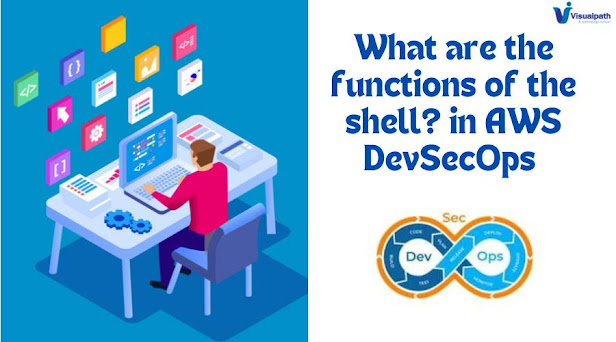What Are the Types of Load Balancers?
In the realm of network management and web services, load balancers are crucial components that ensure high availability and reliability by distributing incoming traffic across multiple servers. This prevents any single server from becoming a bottleneck, thereby enhancing the overall performance and user experience. There are several types of load balancers, each suited for different needs and environments. Here’s a look at the main types:
1. Hardware Load Balancers
Hardware
load balancers are physical devices dedicated to balancing network traffic.
These appliances are known for their high performance, reliability, and ability
to handle large volumes of traffic. They offer advanced features such as SSL
offloading, advanced security configurations, and high availability through
redundancy. Examples include products from F5 Networks and Citrix. AWS DevSecOps
Training
Pros:
High
performance
Advanced
features
Reliable
with low latency
Cons:
High
cost
Limited
flexibility
Requires
physical space and maintenance
2. Software Load Balancers
Software
load balancers run on standard servers, offering flexibility and
cost-effectiveness. They can be deployed on-premises or in the cloud, making
them ideal for organizations that prefer virtualized environments. Popular
software load balancers include HAProxy, NGINX, and Apache HTTP Server.
AWS DevSecOps
Online Training
Pros:
Cost-effective
Flexible
and scalable
Easy
to integrate with existing infrastructure
Cons:
Performance
depends on the underlying hardware
May
require more manual configuration
Potential
for higher latency compared to hardware solutions
3. Cloud-based Load Balancers
Cloud-based
load balancers are managed services provided by cloud platforms like Amazon Web
Services (AWS), Microsoft Azure, and Google Cloud Platform (GCP). These load
balancers automatically distribute traffic across various cloud resources,
ensuring scalability and high availability without the need for physical
hardware.
AWS DevSecOps
Training in Ameerpet
Pros:
No
maintenance required
Scalable
and flexible
Integrated
with cloud services
Cons:
Dependency
on cloud provider
Potentially
higher costs for large-scale deployments
Limited
control over specific configurations
4. DNS Load Balancers
DNS
load balancing distributes traffic based on DNS queries. It maps domain names
to multiple IP addresses and returns different IP addresses based on policies
or server availability. This method is simple and effective for geographic load
balancing. DevSecOps
Training Online
Pros:
Simple
to implement
Effective
for geographic distribution
Cost-effective
Cons:
Limited
control over traffic distribution
DNS
caching can delay updates
Not
suitable for session persistence
Visualpath is the Best Software Online Training Institute in
Hyderabad. Avail complete AWS DevSecOps Online Training worldwide.
You will get the best course at an affordable cost.
Attend
Free Demo
Call on - +91-9989971070.
Visit Blog: https://visualpathblogs.com/
WhatsApp: https://www.whatsapp.com/catalog/917032290546/



Comments
Post a Comment